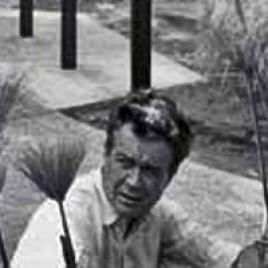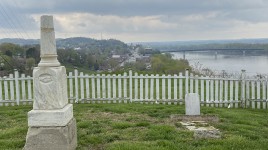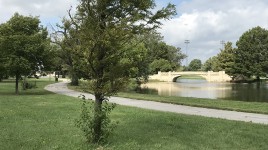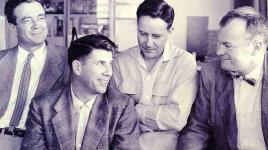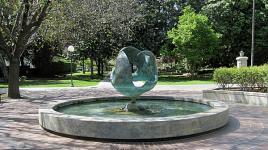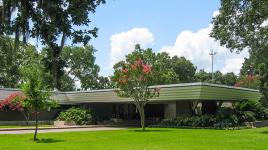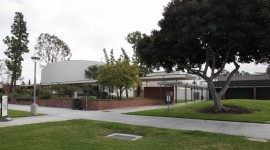Pioneer Information
A native of Alameda, California, Eckbo entered the Department of Landscape Architecture at Harvard University’s Graduate School of Design in 1936. Disenchanted with the traditional landscape curriculum taught at Harvard, Eckbo pursued architecture classes with Walter Gropius and began to define his Modernist theory based on a multidisciplinary design approach, with landscape design as a vehicle for social change. Publication of his master’s thesis project, "Contempoville", as well as “Small Gardens in the City” in Pencil Points (September 1937) brought recognition. Together with classmates Dan Kiley and James Rose, Eckbo produced “Landscape Design in the Urban Environment”, “Landscape Design in the Rural Environment,” and “Landscape Design in the Primeval Environment” (Pencil Points, now Progressive Architecture, 1938-1939). His numerous books include Landscape for Living (1950), defining the modern landscape architecture discipline, and People in a Landscape (1997), championing landscape design as an agent of social change.
Eckbo’s significant design contributions include a prototypical housing project for the U.S. Housing Authority, migrant-worker camps for the Farm Security Administration, the 1959 Forecast Garden for the Aluminum Company of America, and the formation of Eckbo, Dean, Austin and Williams, later known as EDAW. Eckbo served as the head the Department of Landscape Architecture at Berkeley from 1969 to 1975 and received the Medal of Honor from the American Society of Landscape Architects in 1975.




